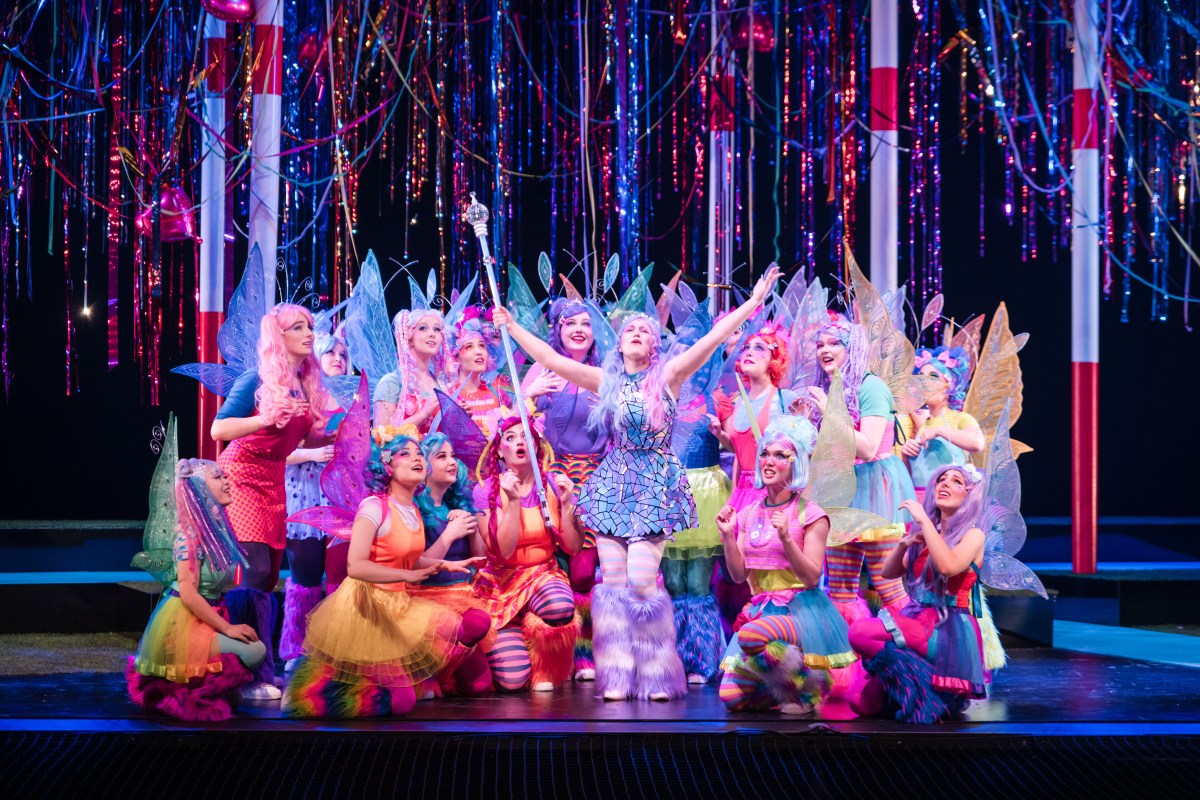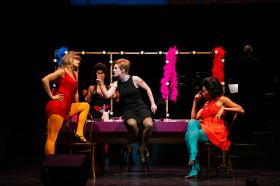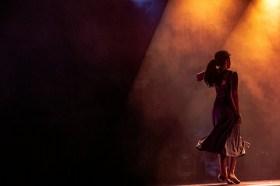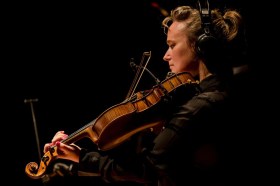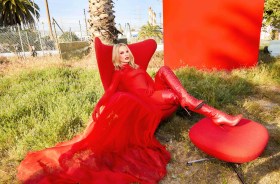It is almost 140 years to the day since Gilbert and Sullivan (G&S) first presented Iolanthe at the Savoy Theatre in London, simultaneously opening a production in New York on the same evening. It was an ambitious undertaking, yet the seventh of their 14 so-called Savoy operas became an instant success. It remains one of their most enduring works.
It seemed fortuitous to have the opening just a few days after the death of Queen Elizabeth and the ushering in of a new era for Great Britain and the Commonwealth. Queensland Conservatorium Griffith University (QCGU) chose to mark the occasion with the orchestra playing ‘God Save the King’ before the show commenced. Not only was this a genuine tribute but it also gave a sense of Iolanthe‘s historical context, given that, in the G&S era, this anthem would have been played nightly.
Iolanthe is one of the silliest and most convoluted of stories about fairies marrying mortals. Yet, the strength of Gilbert’s acerbic and satirical lyrics, alongside Sullivan’s romantic and at times emotive composition, has given this work great heart and an innate intelligence. More than many other of their works, Iolanthe satirises the legal system of the times, targeting the aristocracy and political officials, lampooning them as a bastion of ineffectiveness, privilege and stupidity.
The relevance to current issues is all too obvious, especially considering the recent state of political turmoil in the UK. It has been the norm in many recent interpretations of G&S works to update Gilbert’s text; indeed, Gilbert himself encouraged this.
The role of the Chancellor, for example, could have been given a far stronger physical and spoken resemblance to recently defeated Prime Ministers, but this was not explored. The text remained almost extant and, given that the songs were all subtitled, perhaps made such archaic language to our ears all the funnier.
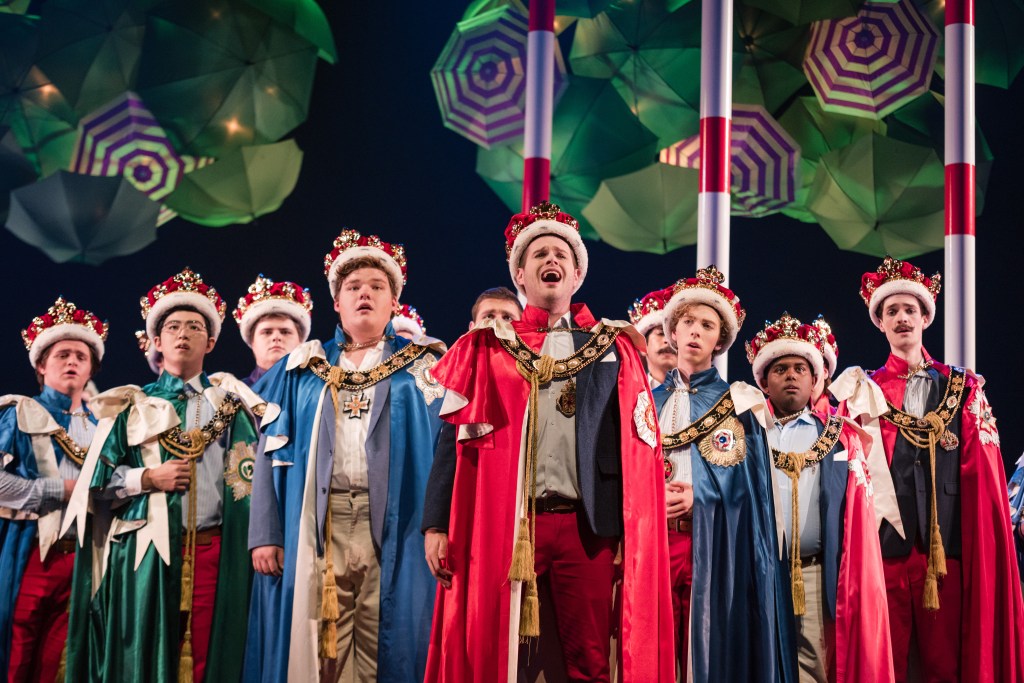
The production and direction by Stuart Maunder, a long-term aficionado and expert on the works of G&S, was exemplary. He got the tone of the work exactly right from the beginning, injecting humour into many of the situations with a razor-sharp wit, first-rate timing and some clever staging. Maunder’s overall direction of his young cast, especially the large chorus scenes with the fairies and then the Peers was exceptionally crafted, polished and professional, with excellent attention to detail.
The scene in which Strephon (touchingly played by Oliver Heuzenroeder) is part mortal and part fairy, with only his legs being human, was beautifully controlled; the fairies looking him up and down in amazement. There was a terrific performance from Alla Yarosh as the Fairy Queen, whose amorous advances towards the stalwart Private Willis, strongly sung by Vikram Goonawardena, was equally delicious.
The Monty Pythonesque arrival and posturing of the chorus as the Peers of the land, with their sweeping cloaks and crowns, was immensely silly, topped by Aidan Hodder as the Chancellor, who gave a clever rendition of ‘When I went to the Bar’. Hodder also excelled in an exceptional performance of the finely-crafted patter song, ‘When you’re lying awake …’
Maunder was aided by some clever, well-staged choreography from Lois Redman, also his Assistant Director. The movement and dancing in the fairy chorus scenes, including some early skipping and child-like gyrations, plus the latter can-can, was all first-rate. The Peers, with their posed formality and swishing of cloaks in a choreographed dance line, was also well done.
Maunder also created some effective dance scenes with the Chancellor. Earl Tolloller (Sebastian Maclaine) and Earl Mountararat (Dallas Tippet) were given fine portrayals.
Simone Romaniuk is to be congratulated on an amazing and exuberant stage design and brilliant costumes. She created an extraordinary blaze of colour to open the show featuring brightly coloured fluorescent streamers hanging from the ceiling around striped maypoles. Simple but very effective. Later this moved to a ceiling full of large hanging umbrellas and then to a scene in London with a sentry on duty, a picture of Big Ben and hundreds of union jack flags.
Romaniuk dressed her fairies in a mixture of bubble-gum colours, with rainbow outfits consisting of tops and short skirts, leggings, fluffies, head-dresses and wigs. They looked like children’s pop-up book characters with their beautifully designed wings. Yarosh’s Fairy Queen stood out in silver and white. These scenes created the brightest of stage images, quite beautifully lit by Keith Clark, who also crafted atmospheric lighting for the darker and Parliamentary scenes as well as for that of Private Willis outside of the Palace.
The Peers arrived in street clothes denoting their political party affiliations, but soon donned regal cloaks in many colours and topped those with crowns. Strephon and Phyllis, the latter charmingly played and sung by Caitlin Weal, were dressed as mere mortals, though Strephon looked Arcadian in style, while Phyllis wore an ordinary modern dress. Perhaps a look more akin to a shepherdess would have been appropriate here – she seemed strangely anachronistic.
The cast all did a sterling job with their roles, both musically and as stage performers and dancing. It helped having surtitles for the songs and some enhancement of the spoken words on the stage. Sophie Mortensen’s Iolanthe, plus the fairies of Kira Donner, Clair Wheatley and Tashana Hardy, alongside the chorus of fairies and the gentlemen peers, sang and delivered their roles well. It was a strong ensemble.
Musically, the show was in very capable and assured hands under Maestro Johanne Fritzsch. The beautiful overture composed by Sullivan, with its deliberate pastoral overtones and a lushness in both the strings and woodwind, was very well played.
Orchestrally complex, the score offered both humour and a lightness of touch, along with some pastoral music and a lush orchestration that gave it a heightened emotion. The Conservatorium Symphony Orchestra managed these changes well and with technical assurance, especially in the very fast sections.
Read: Theatre review: A Raisin in the Sun
All in all, this was a marvellously produced and delivered production of a difficult work for students to undertake. They managed it with great aplomb and a sense of joy and confidence.
Musically of a very high standard, this was one of the best productions from the opera school in recent years and deserving of all accolades.
Iolanthe by Gilbert and Sullivan
Presented by Queensland Conservatorium Griffith University
Conservatorium Symphony Orchestra
Conservatorium Theatre, Griffith University, Southbank, Brisbane
Conductor: Johannes Fritsch
Director: Stuart Maunder
Costume Designer: Simone Romaniuk
Lighting Designer: Keith CLark
Ass. Dir and Choreographer: Lois Redman
Cast: Alla Yarosh, Sophie Mortensen, Kira Dooner, Clair Wheatley, Tashana Hardy, Caitlin Weal, Aidan Hodder, Dallas Tippet, Sebastian Maclaine, Oliver Heuzenroeder, Vikram Goonawardena and students from the Conservatorium of Music
Iolanthe will be performed until 17 September 2022.

